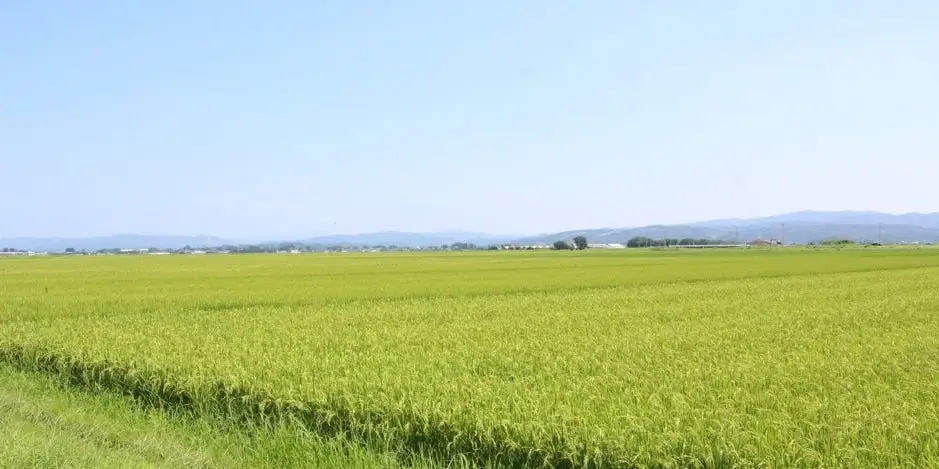The federal government, through the federal ministry of agriculture, launched the National Rice Development Strategy II (NRDS II) to introduce new policy aimed at increasing the rice area under irrigation from less than 1 million hectares to 2.7 million hectares.
The Minister of State for Agriculture and Rural Development, Mustapha Shehuri, disclosed while launching NRDS II in Abuja that the rice value chain has been identified as being strategic to achieving food and nutrition security.
The NRDS II document is a ten-year plan that seeks to provide direction for the development of the rice subsector to achieve the government’s goals of enhancing farmer access to quality agro-inputs and their optimal use at a realistic cost to ensure self-sufficiency in rice production, food and nutrition security, employment creation, and production of surplus for export.
NCRI Develops Two Flood-Resistant Rice Varieties
The new rice strategy also aims at increasing average yield to 4.0 tons per hectare for rain-fed upland, 6.0 tons per hectare for rain-fed lowland, and 7.5 tons per hectare for irrigated ecology through the introduction of new high-yielding climate-smart rice varieties to mitigate the negative impact on the biophysical and social environment of rice production.
The minister pointed out that the new strategy will help build the capacity of 84,000 extension agents and 12 million farmers on Good Agricultural Practice (GAP) and Sustainable Rice Production (SRP), particularly in areas under supplementary water supply to attain two cropping per year.
FG Launches NRDS-ll to Improve Rice Production
According to him, part of the goal is to increase on a sustainable basis the volume of rice paddy produced, stored-up and marketed in Nigeria to meet the widening annual national demand and surpluses for export in the long run.



